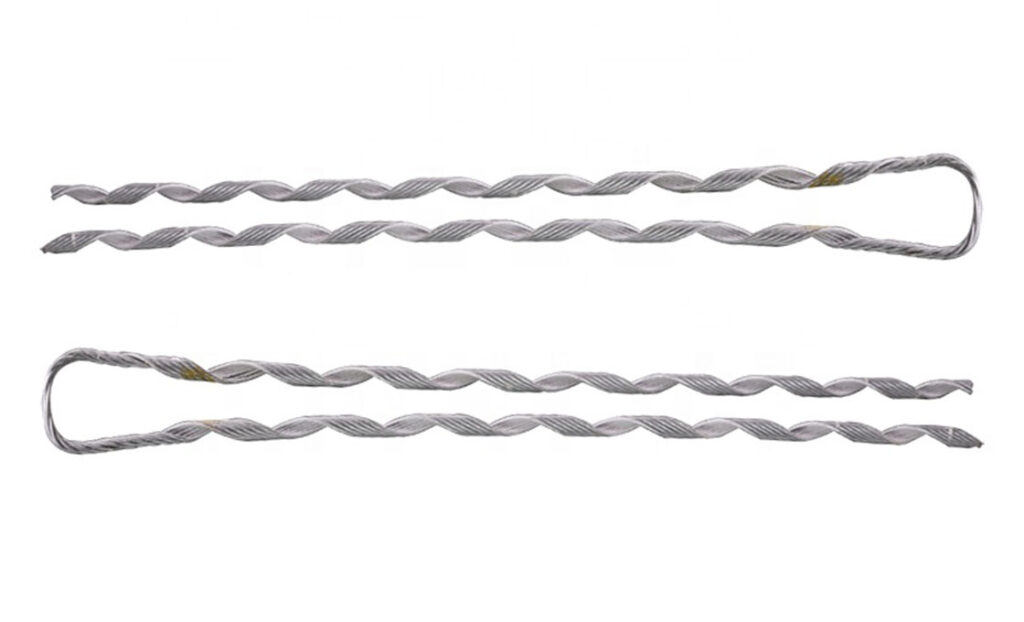
Preformed tension clamp is a type od electrical connector used to secure and tension conductor wires or cables. They help to withstand the mechanical forces and stresses that arise due to various factors. These factors include wind, ice and thermal expansion in power lines. It is from high strength materials such as aluminum alloy, steel or other durable materials. The design also allows it to maintain a consistent tension on the conductor. This is crucial for preventing sagging of the power line. Common types of the preformed tension clamp include armor rod grips, dead-end grips, splice grips, among others. They find use in various applications such as long spans, substations and renewable energy.
Key features of a preformed tension clamp
Preformed tension clamps have essential components and features. These features help them provide secure and reliable tensioning of the conductors. These features help when looking to purchase the clamp for your application. Additionally, it is advisable to refer to manufacturer guidelines and industry best practices. This helps when selecting and installing preformed tension clamps. The following are the key features of preformed tension clamps.
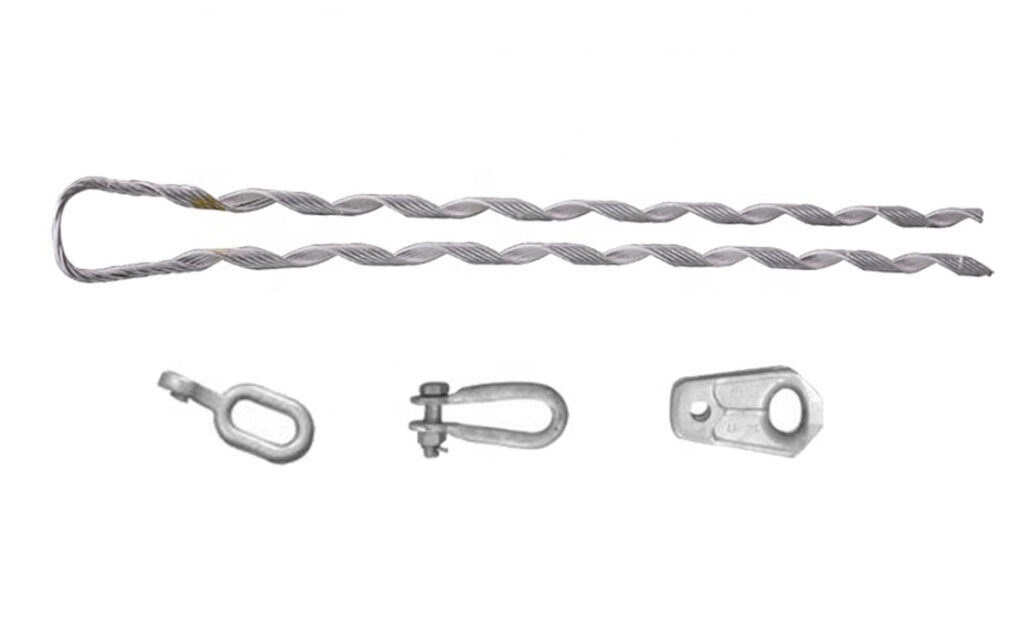
- Design for tension – the design for the clamp helps to apply controlled tension to conductors. This also helps to maintain proper conductor sag and prevents excessive movement.
- Conductor compatibility – the clamp should be compatible with the type and size of conductor used.
- Material quality – high-strength materials like aluminum, steel or other durable alloys help to ensure the mechanical integrity of the clamp.
- Ease of installation – preformed tension clamps should allow easy and efficient installation. This also helps to reduce downtime during maintenance or installation.
- Load capacity – consider the clamps load-bearing capacity. Ensure it can handle the expected tension forces.
- Minimal interference – the clamps designs should minimize abrasion or wear on the conductor. This is to avoid damage and maintain electrical conductivity.
- Corrosion resistance – the clamp should have coatings resistant to corrosion and deterioration overtime.
Selection and maintenance of preformed tension clamps
There are several factors to consider when selecting the best preformed tension clamp in the market. The factors to consider include environmental conditions, load and tension requirements, material quality, ease of installation, durability and certifications and standards. The following is a basic installation process of the preformed tension clamp.
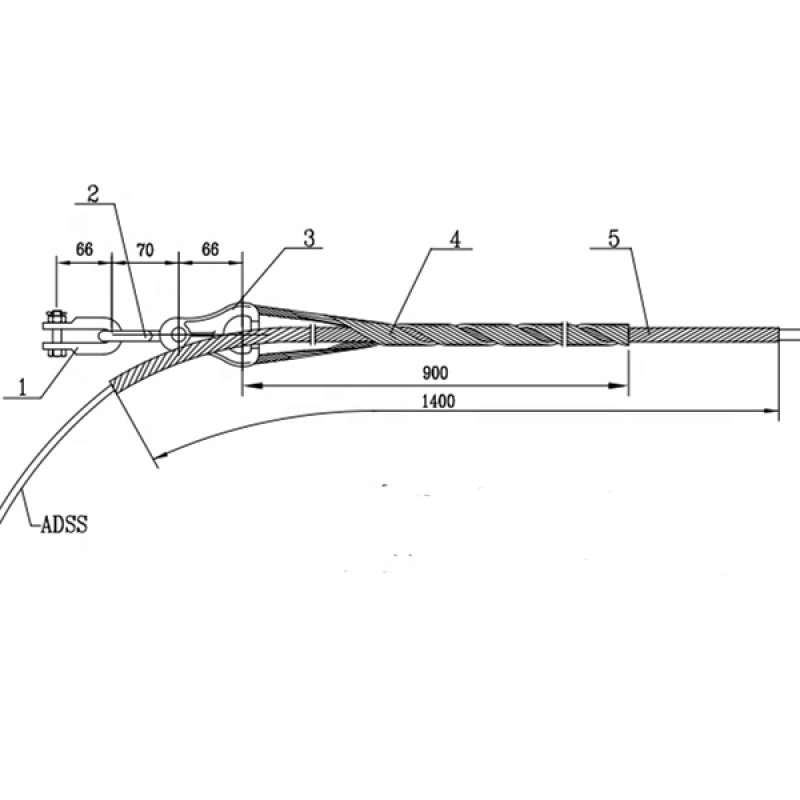
- Safety precautions – wear protective equipment and ensure the power line is de-energized and properly isolated.
- Tools and equipment – gather the necessary tools and equipment required. This includes the preformed tension clamp, torque wrench and any other required component.
- Installation – open the clamp’s gripping mechanism and carefully position the clamp on the conductor at the desired location.
- Gripping mechanism – close the gripping mechanism securely onto the conductor. Ensure the components engage with the conductor properly.
- Torque application – use a torque wrench to apply the recommended torque to the clamp’s fasteners. Do this following the manufacturers guidelines.
- Inspection – perform a visual inspection to ensure that the clamp is securely installed and the gripping mechanism engages.
- Documentation – keep records of the installation including the location, date, torque applied and any observations.
Maintenance and inspection
The preformed tension clamps require frequent maintenance and inspection. This is to ensure the continued reliability and safety of the system. This helps to identify potential issues early and prevent unexpected failures. It also helps to extend the lifespan of the clamp and the power systems. The following is a basic guide on the maintenance and inspection of the preformed tension clamps.
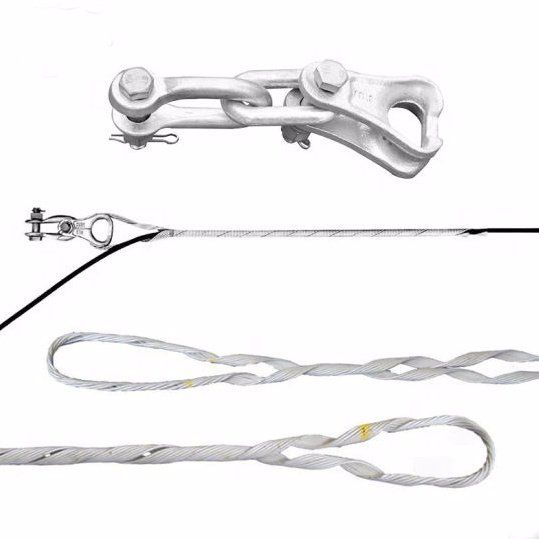
- Establish a regular schedule for inspection based on the diverse conditions. These include environmental conditions, usage and the criticality of the installation.
- Visually inspect the clamp for signs of damage, wear or corrosion and check for deformation, cracks, or loose components.
- Ensure the gripping mechanism is securely engaged with the conductor. Ensure the components align as intended.
- Inspect the clamp’s materials for signs of corrosion which can compromise the mechanical integrity and conductivity of the clamp.
- Check and adjust the tension as necessary to ensure it meets the required specifications if applicable.
- Assess the clamp’s exposure to environmental conditions such as weather, humidity and temperature changes.
- Maintain a detailed record of each inspection including the date, location, observations and any actions taken.
- Clean the clamp to remove dirt, debris or contaminants that could affect its performance or grip.
- Replace or repair any clamp that shows signs of significant wear, damage of deterioration.
Comparative analysis of preformed tension clamps in Southeast Asia
Southeast Asia has several advanced markets in countries like Indonesia, Malaysia, Vietnam, Singapore and Philippines. The comparative analysis involves assessing vital information. This helps to select the preformed tension clamps. The information should be up to date for the market changes overtime. The following is a basic approach of the comparative analysis.
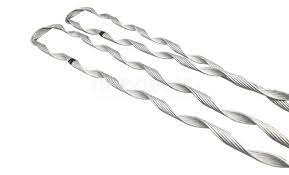
- Identify the manufacturer and suppliers of preformed tension clamps operating within the countries. Consider their reputation, experience and the range of products offered.
- Research the applicable national and regional standards and regulations for electrical components.
- Consider the environmental conditions such as humidity, tropical storms and temperature fluctuations. The clamps should withstand these conditions without degradation.
- Analyze the types and sizes of the conductors used in the region’s power networks.
- Consider the voltage levels used in the systems in the region. Choose a preformed tension clamp suitable for the relevant voltage levels.
- Consider the corrosion-resistance of the clamp which should help in the high humidity exposure in the regions.
- Assess the specific applications that use preformed tension clamps. This includes those in urban or rural areas, transmission lines and distribution networks.
Certifications and standards in Southeast Asia
Certifications and standards ensures the preformed tension clamp meet the necessary safety and performance requirements. Additionally, it is advisable to check with the local authorities, manufacturer documentation, certification labels and local distributors and experts. Some of these Southeast Asian countries have their own local standards and regulations for the preformed tension clamps. The following are the common certifications and standards for preformed tension clamps in Southeast Asia.
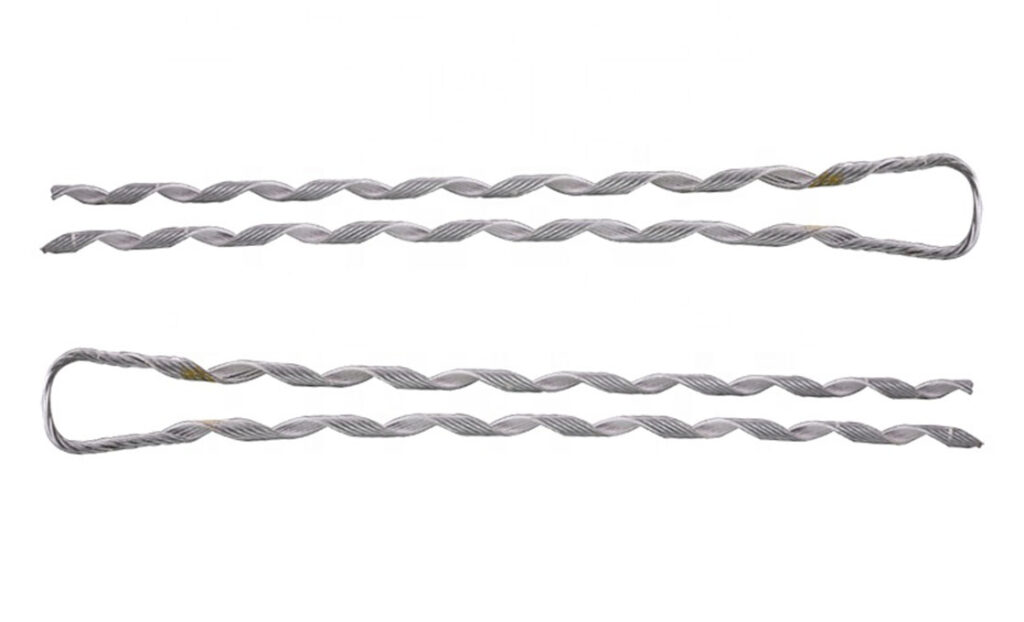
- IEC – this provides standards for design, construction and operational requirements of the preformed tension clamps.
- IEEE – this provides guide to the installation of overhead transmission line conductors.
- Country-specific standards – the countries have their own national standards and regulations related to electrical components.
- ISO – this provides standards for quality management systems and environmental management systems.
- Local regulatory authorities – this offers guidance on the specific certifications and standards.
Regional market for preformed tension clamps in Southeast Asia
There are several factors that shape the regional market for preformed tension clamps in Southeast Asia. This market is dependent on various factors such as he need for durable, corrosion-resistant and reliable solutions for the challenging environmental conditions. Key countries in the regional market for preformed tension clamps include Indonesia, Vietnam, Thailand, Malaysia and Philippines. The following are the factors influencing the market for preformed tension clamps in southeast Asia.
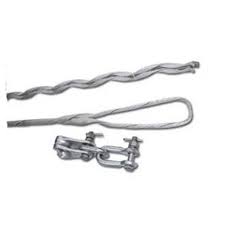
- Digitalization and smart grids – the adoption of smart grid technologies influence the design and integration of power distribution components.
- Renewable energy integration – the use of these sources requires the adaptable components. They support the integration of solar panels and wind turbines.
- Energy efficiency – the increased need for energy efficiency and reduction of losses in distribution networks lead to the adoption of advanced components like preformed tension clamps.
- Local manufacturing – some of these countries have strong manufacturing capabilities. This influences the production and sourcing of components.
- Government initiatives – government policies related to energy access, electrification and sustainability impacts the demand for power distribution solutions.
- Urbanization and rural electrification – providing electricity to both urban and rural areas require versatile solutions applied to various settings.
Frequently asked questions
What is a preformed tension clamp?
This is a specialized electrical component used in power distribution systems. It helps to secure and tension conductors in overhead transmission and distribution lines.
What types of conductors can work with preformed tension clamps?
Preformed tension clamps can work with a range of conductor types and sizes. These includes aluminum, copper and various alloys used in power distribution.
What are the benefits of using preformed tension clamps?
The clamps offer benefits like controlled tensioning, prevention of sagging, reduced stress on conductors and resistance to environmental conditions.
Do preformed tension clamps require maintenance?
Regular inspections ensure the clamps remain secure and effective for a longer time. Visual checks for damage, wear and corrosion are important for the clamps.
